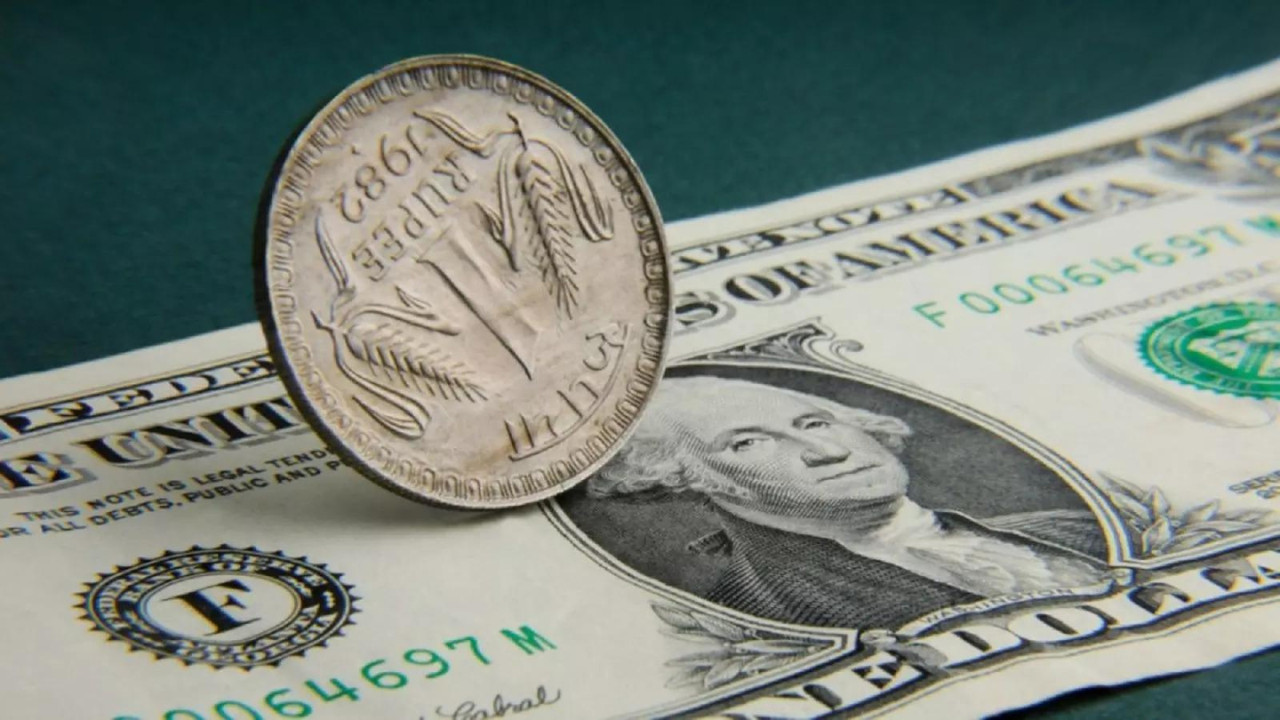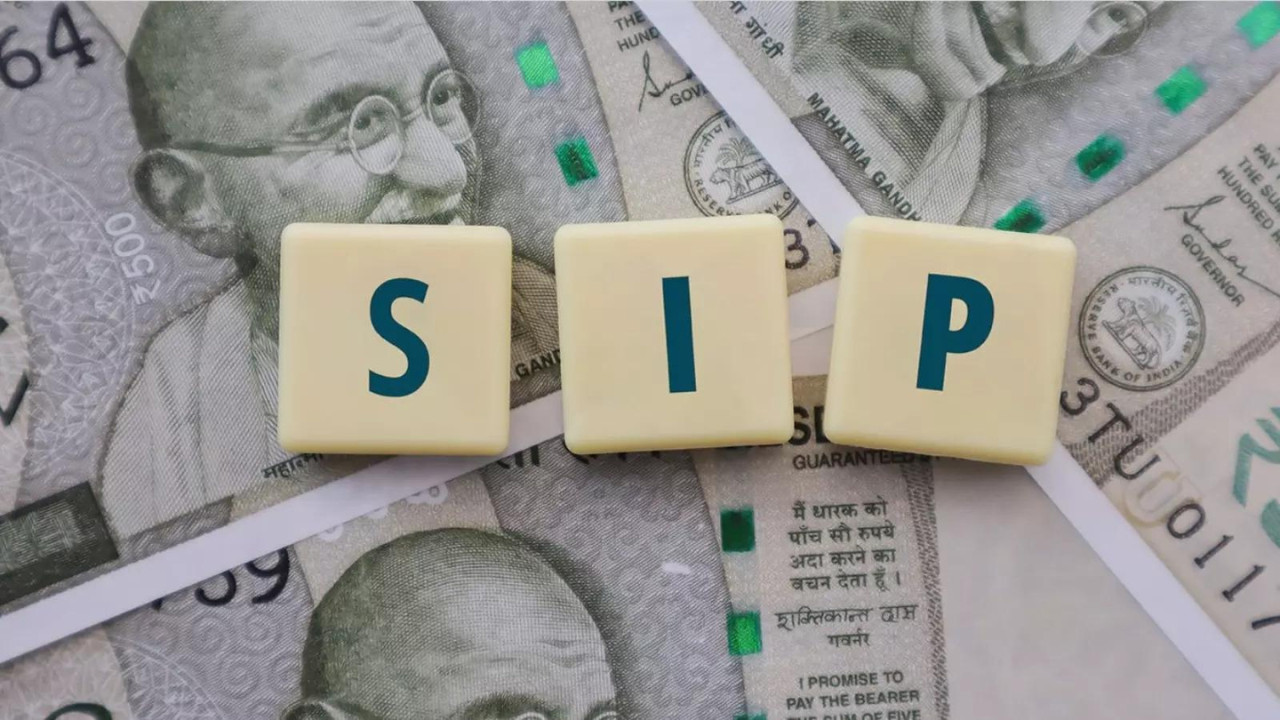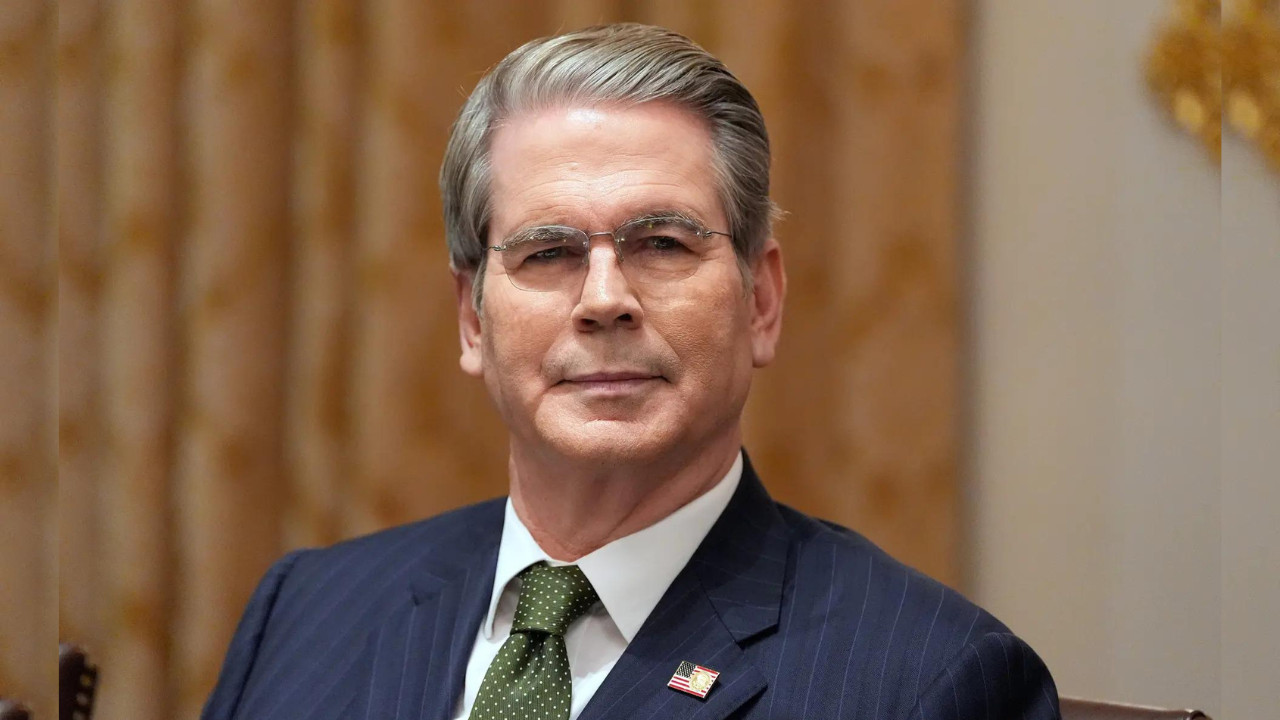The rupee strengthened to 85.76 against the US dollar, buoyed by a weaker dollar and lower crude oil prices. Gains were capped by persistent foreign fund outflows and uncertainty surrounding India-US trade talks. India’s merchandise exports remained steady, while the trade deficit narrowed, and domestic equities closed in the green with FIIs turning net buyers.
A Brighter Day for the Rupee: Riding the Waves of Global Markets
The Indian Rupee staged a welcome comeback recently, nudging up 16 paise to settle at 83.76 against the US dollar. It was a breath of fresh air amid the usual currency market volatility. What fueled this positive shift? Let’s dive into the contributing factors.
Oil’s Slide and the Rupee’s Rise
One of the most significant factors bolstering the Indian Rupee was the dip in crude oil prices. India, heavily reliant on oil imports, often sees its currency take a hit when crude prices surge. The recent easing of oil prices provided much-needed respite, reducing pressure on India’s import bill and subsequently strengthening the rupee. Think of it like this: when the country spends less on oil, there’s more financial breathing room, positively impacting the currency’s value.

A Weaker Greenback Adds to the Momentum
Adding to the rupee’s upward trajectory was the general weakening of the US dollar in global markets. A softer dollar invariably makes other currencies, including the rupee, relatively more attractive. This creates an increased demand for the rupee, driving its value higher. The dollar’s decline is influenced by a complex interplay of factors, including shifting investor sentiment, economic data releases, and adjustments in monetary policy.
Domestic Equity Markets: A Source of Support
The performance of India’s domestic equity markets also played a supporting role. A robust stock market often translates into increased foreign investment inflows. These inflows, in turn, increase the demand for the Indian rupee as foreign investors convert their currencies to invest in Indian stocks. It’s a cyclical process where a healthy stock market reinforces the currency’s strength.
Global Economic Factors at Play
Beyond oil prices and the dollar’s performance, broader global economic factors were in the mix. Shifts in global trade dynamics, changes in geopolitical landscapes, and evolving expectations about future economic growth all exert their influence on currency valuations. Predicting these fluctuations with certainty is impossible, but understanding their potential impact is crucial for navigating the currency market.
The Path Ahead for the Indian Rupee
So, what does the future hold? Currency markets are notoriously unpredictable, and a multitude of factors can influence the Indian Rupee in the coming days and weeks. Monitoring global economic indicators, keeping an eye on geopolitical developments, and understanding the Reserve Bank of India’s (RBI) monetary policy decisions are all essential for gauging the rupee’s potential trajectory. For instance, inflation figures will be key. Higher inflation could erode some of the recent gains.
Ultimately, the rupee’s strength is tied to India’s overall economic health. A stable and growing economy, coupled with prudent fiscal and monetary policies, provides a solid foundation for a resilient currency. Continued foreign investment and favorable trade balances are also crucial for sustaining the rupee’s upward momentum. Want to learn more about economic indicators? Check out our previous post explaining [how inflation impacts your personal finances](internal-link-to-related-content).
Navigating the Currency Landscape
While predicting the exact movements of the currency market is a fool’s errand, staying informed and understanding the underlying drivers can empower businesses and individuals to make more informed financial decisions. Whether you’re an exporter, an importer, or simply planning an overseas trip, keeping an eye on the Indian Rupee and the broader economic landscape is always a good idea. This recent uptick in the rupee’s value serves as a reminder of the dynamic nature of the currency market and the importance of remaining vigilant.







